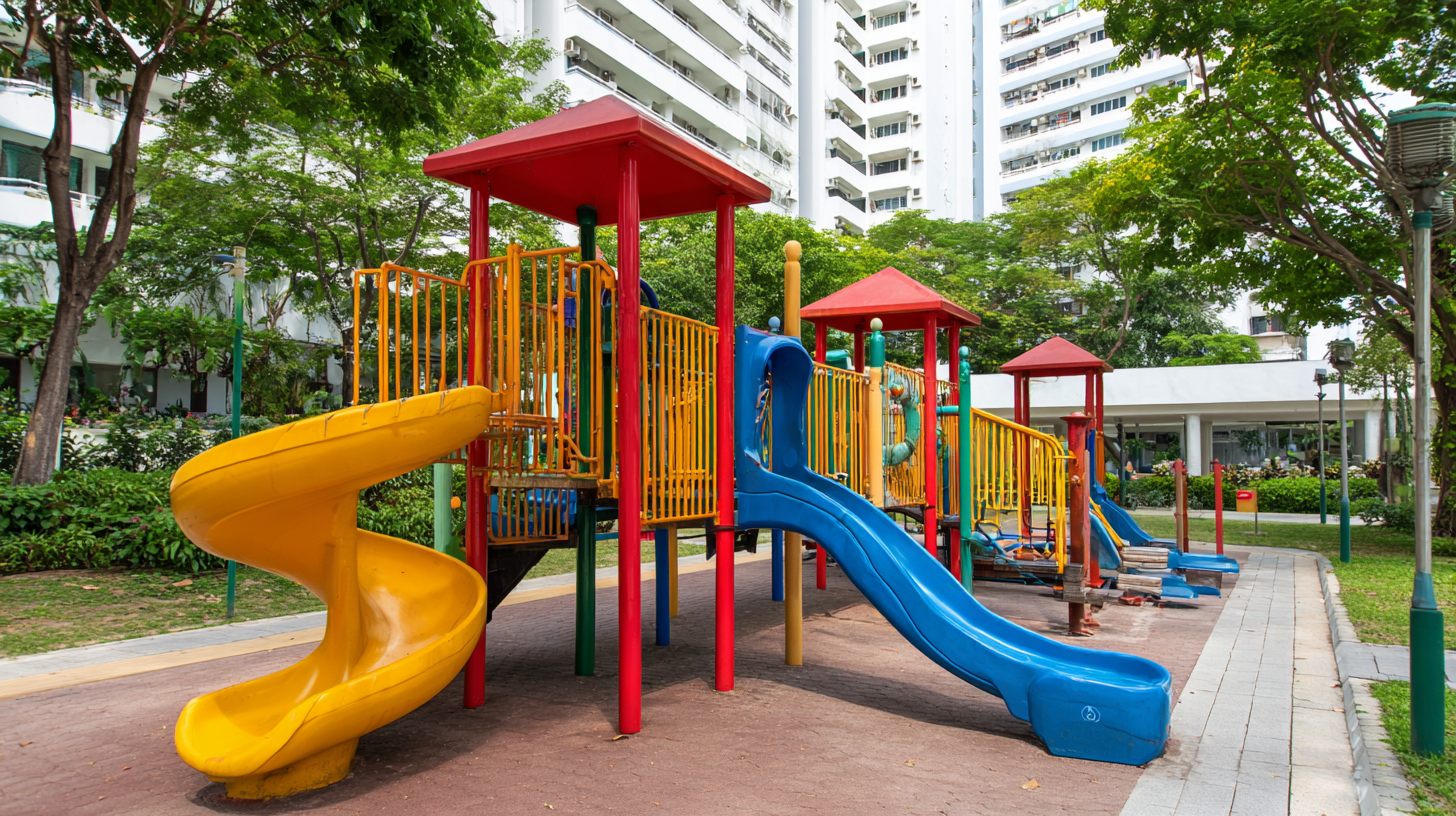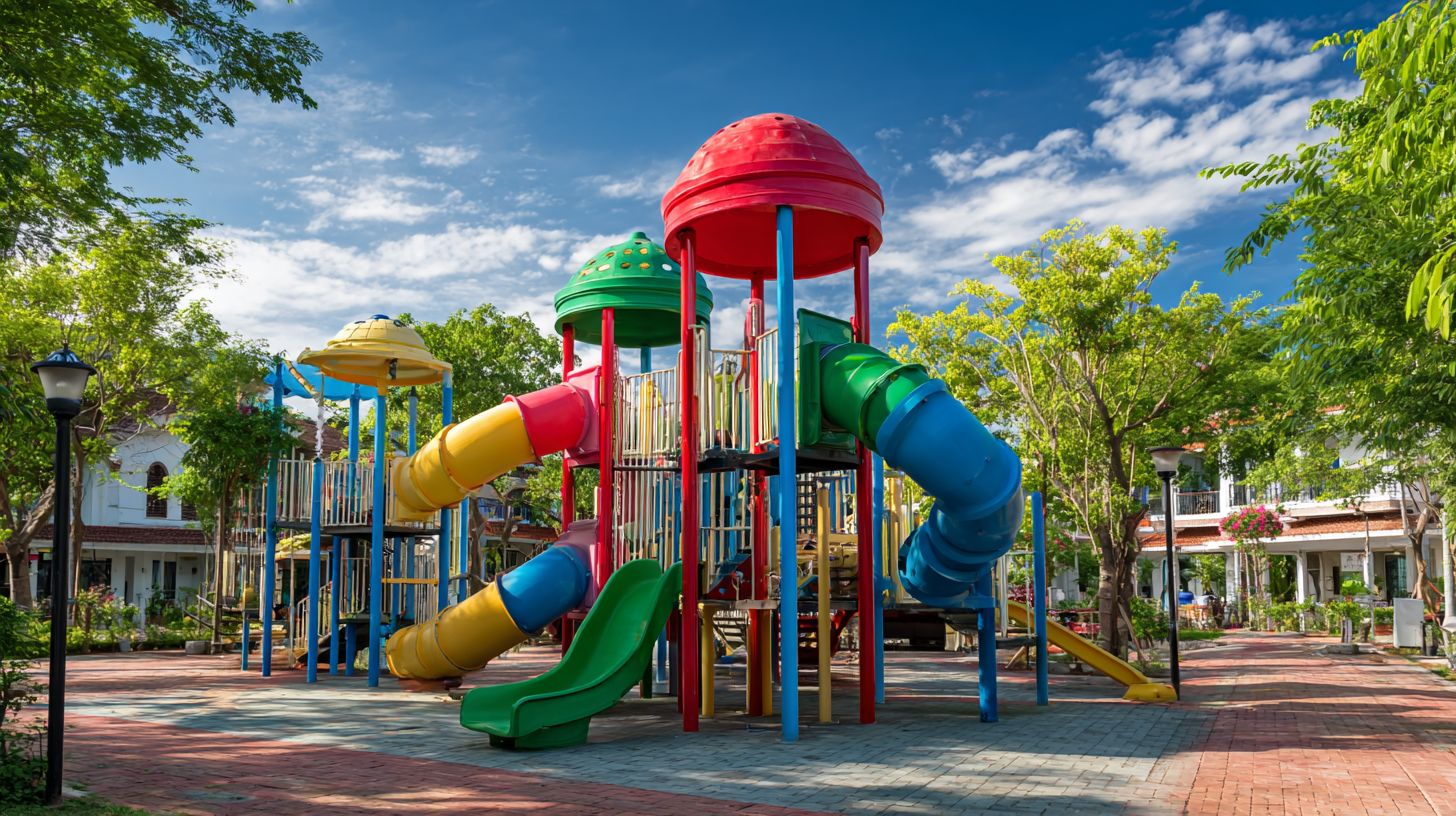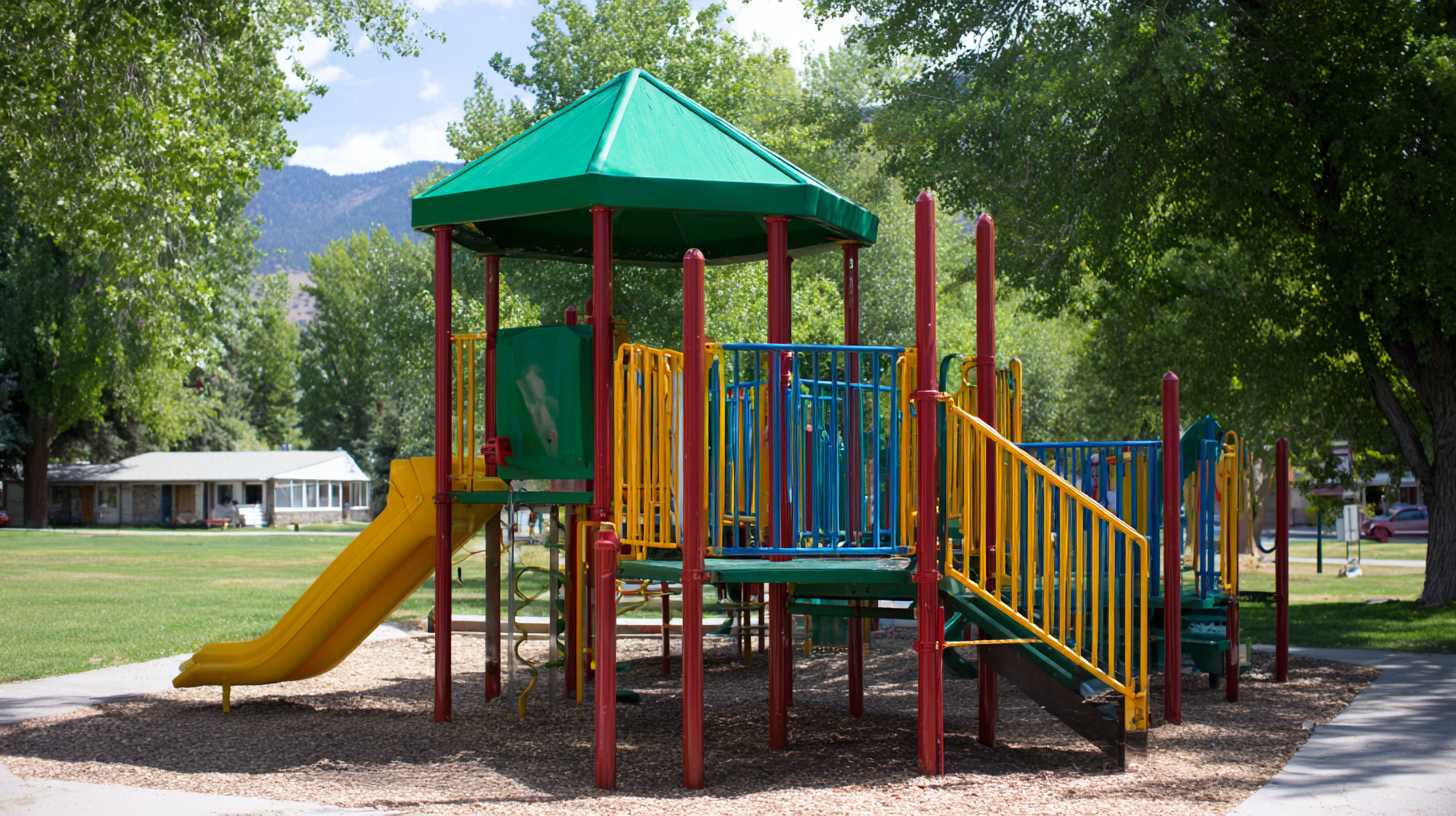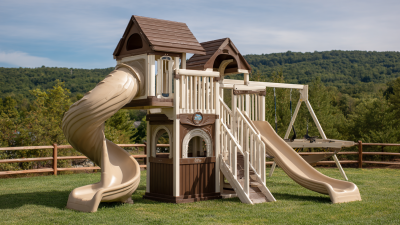 +86-13901441113
+86-13901441113




Engaging children in physical activities is crucial for their development, yet many playgrounds fail to provide the stimulating environments needed to foster this engagement. According to a recent report by the National Association for the Education of Young Children (NAEYC), well-designed play spaces can enhance a child's physical, emotional, and cognitive growth, leading to a 30% increase in engagement.

Selecting the right Small Playground Equipment plays a vital role in achieving this. With the market for playground equipment projected to reach $3.2 billion by 2025, understanding how to choose equipment that captivates children is essential for educators, parents, and facility managers alike.
This blog will uncover seven proven tips that ensure your playground is not only fun but also contributes to improved physical activity levels among children, enhancing their overall development.
When selecting small playground equipment to enhance child engagement, it's crucial to choose items that align with the developmental needs of children based on their age. Understanding the differences in motor skills, cognitive abilities, and safety considerations across varying age groups can significantly impact children's play experiences. For instance, equipment designed for younger children (ages 3-5) should promote basic gross motor skills with secure features that prevent falls, while older children (ages 6-11) can engage with more complex structures that encourage teamwork and problem-solving.
One effective tip is to assess the physical and cognitive capabilities of the children using the equipment. Look for designs that cater to their age group—simple climbing frames with built-in safety measures for toddlers, and more challenging options like balance beams or obstacle courses for older kids. Additionally, ensure that the equipment adheres to safety standards, which safeguard against potential injuries and supports a fun learning environment. By carefully selecting age-appropriate playground equipment, you can foster not only engagement but also the overall physical and social development of children.
Incorporating ideas from recent research and guides can also enhance your choices. For example, prioritizing equipment that encourages active play, such as those that integrate movement and creativity, aligns with best practices in child engagement. This boosts their physical activity levels, ensuring a more energetic playground experience that caters to a variety of interests and developmental stages.
| Age Group | Equipment Type | Developmental Benefits | Safety Standards |
|---|---|---|---|
| 2-5 years | Sand and Water Play Tables | Sensory Exploration, Fine Motor Skills | ASTM F1487-21 |
| 3-6 years | Climbing Structures | Gross Motor Skills, Risk Assessment | CPSC Guidelines |
| 5-12 years | Playhouses and Forts | Imaginative Play, Social Skills | EN 1176 |
| 6-12 years | Zip Lines | Balance, Coordination | ASTM F1148-19 |
The variety of play equipment available for children can significantly impact their engagement levels, as recent industry research suggests that diverse options can boost participation by up to 30%. With the small playground equipment market growing alongside the overall educational toys sector, which was valued at approximately USD 12.19 billion in 2023 and projected to see a CAGR of 10.8% through 2030, selecting the right items becomes increasingly crucial.

When selecting small playground equipment, consider incorporating a variety of textures, colors, and functionalities. Engaging children involves appealing to their senses and interests. For instance, equipment that offers both physical challenges and cognitive stimulation can cater to a broader range of developmental needs. Additionally, modern designs that encourage collaborative play can foster social skills among children, further enhancing their overall engagement.
Moreover, the safety and durability of equipment should not be overlooked. Investing in high-quality materials can ensure longer use and reduce potential hazards, allowing children to explore and play more freely. By prioritizing variety and safety, facilities can create an enriching environment that maximizes child engagement and enjoyment.
Playgrounds have evolved beyond mere play areas into crucial learning environments that incorporate STEM (Science, Technology, Engineering, and Mathematics) elements. Research indicates that children show a 30% increase in interest in learning when engaged in play that stimulates their curiosity and creativity. This shift in focus highlights the importance of designing playgrounds that foster a love for learning through interactive experiences.
When selecting small playground equipment, consider incorporating elements that address STEM concepts. For instance, building structures that require problem-solving skills or interactive panels that introduce basic math and science principles can enhance engagement. One expert tip is to choose equipment that encourages collaboration among children, as teamwork is essential in both play and STEM learning. Another is to prioritize equipment that integrates technology, such as musical swings or light-up climbing walls, which can captivate young minds and spark their interest in scientific exploration.
Additionally, incorporating nature into play spaces has shown to improve cognitive development and creativity. According to the National Wildlife Federation, children who play in natural environments demonstrate increased problem-solving skills and enhanced learning outcomes. When selecting equipment, look for options that create immersive experiences, such as nature trails or sensory gardens, which can seamlessly blend play with STEM education. Creating a stimulating playground will not only promote physical activity but will also encourage a lifelong enthusiasm for learning.
When selecting small playground equipment for children, one of the most crucial factors to consider is material durability. High-quality materials not only ensure longevity but also play a vital role in maintaining child safety. Toys made from robust materials like heavy-duty plastics, weather-resistant metals, and treated wood can withstand the rigors of outdoor conditions and active play, reducing the need for frequent replacements. Investing in durable equipment minimizes maintenance costs over time while providing a stable environment for children to explore and enjoy.
Moreover, the quality of materials directly impacts the safety of the playground. Equipment that can withstand wear and tear is less likely to break or pose hazards during play. For instance, playgrounds constructed with non-toxic, high-quality finishes reduce the risk of splinters or harmful chemical exposure, enhancing the overall safety profile. By prioritizing equipment made from proven durable materials, caregivers and facility managers can create a safer and more engaging environment that encourages active play and social interaction among children. Ultimately, the choice of materials goes hand in hand with fostering a secure and stimulating play experience.
When designing playground equipment, inclusivity should be at the forefront of our planning. Accessible playgrounds are essential for attracting diverse groups, ensuring that children of all abilities can engage and play together. This not only fosters a sense of belonging but also promotes social skills and interaction among children from different backgrounds. Equipment should be adaptable, featuring ramps, sensory-rich play elements, and inclusive swings that cater to children with physical or developmental challenges.

Moreover, the aesthetic design of playgrounds can significantly impact their appeal. Using vibrant colors, diverse themes, and natural elements creates an inviting atmosphere that encourages all children to participate. Incorporating signage with symbols and braille ensures that everyone, including those with visual impairments, feels welcome. By taking these factors into account, playground designers can create spaces that not only meet physical accessibility standards but also resonate with the emotional and social needs of a diverse user base, ultimately enriching the community as a whole.





